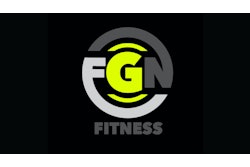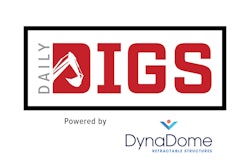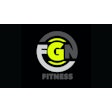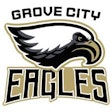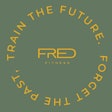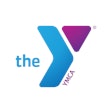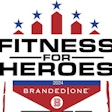Digesting everything presented during the iClubs Conference is an overwhelming task. The four interactive workshop sessions and two keynote speeches covered a large volume of information spanning a variety of topics relevant to club owners.
I could write pages on end about about the great keynotes with Ken Dychtwald and Magic Johnson, or each multi-hour session. But I find it better to take things in chunks, and allow some time for reflection.

“A common mistake among health clubs is to buy referrals rather than grow them organically through great marketing and superior customer experience,” said Jantsch. “A happy customer is your best tool for lead generation. The key is to make your club more referable. Many health club sales reps or membership consultants “sell ‘em and forget ‘em.
Too often the focus is on becoming a customer,” he pointed out. “They receive a great initial experience, but once they sign, the experience may degenerate, leading to unhappy members.”
RELATED: Conference Recap: Curing Attrition Woes With Good Habits
Building a happy and effusive customer base begins with marketing to prospects and members to build the awareness and culture of the club, in order to set expectations.
“Content marketing utilizing blogs, newsletters, social media, and email is a great way to hit all facets of what I call the ‘Marketing Hourglass,’” explained Jantsch. “To do that, it should have a six-to-one ratio of education to selling.”

“The point of marketing is to get prospects to know you, then like you, then trust you," Jantsch said. "That is all in the hopes that they will try you and then buy from you. Once they’ve hit that mark, the key is getting them to repeat buy, and eventually refer your club to friends and family. But it all starts with building trust through clear, educational content, not hard sales.”
Jantsch also suggests reversing the way club owners view the timeline of a customer’s relationship with their club. First, look at the quality of a customer’s experience after several months, and then move on to their experience after one month. Only after an owner has made sure to maximize the quality of a customer’s post-purchase experience should they focus on everything leading up to a customer purchasing a membership.
“Looking at it this way forces you to focus on the customer experience instead of just reeling them in" he said. "The goal should be to produce a lasting and satisfied customer base that sticks rather than a bunch of one time customers.”
The crux of building a referral engine, according to Jantsch, is for a club to cultivate ‘champion’ members who will help bring in other members through referrals because they love their club, not because of incentives such as a free month or a t-shirt. These are the members that are likely producing the most referrals. These members are also testaments to how a club is succeeding.
RELATED: Three Ways to Learn What Your Members Really Think of Your Club
“Sit down with eight to ten of your best members and interview them" he suggested. "Pick their minds to figure out what you are doing right. Look for themes, and don’t be afraid to push for good, thorough answers with examples and details.”
This ideal type of member should be educated and rewarded. They are the pistons of the referral engine. Educate them on how they can get others excited about checking out your club. Give them compelling incentives. Reward them by making them into an exclusive class of members.
“Get your champions excited about giving before getting: make it social over financial for long term success.”
John Agoglia has spent nearly two decades either working in health clubs or writing about them. He currently writes for several digital and print publications in and out of the fitness industry.



















